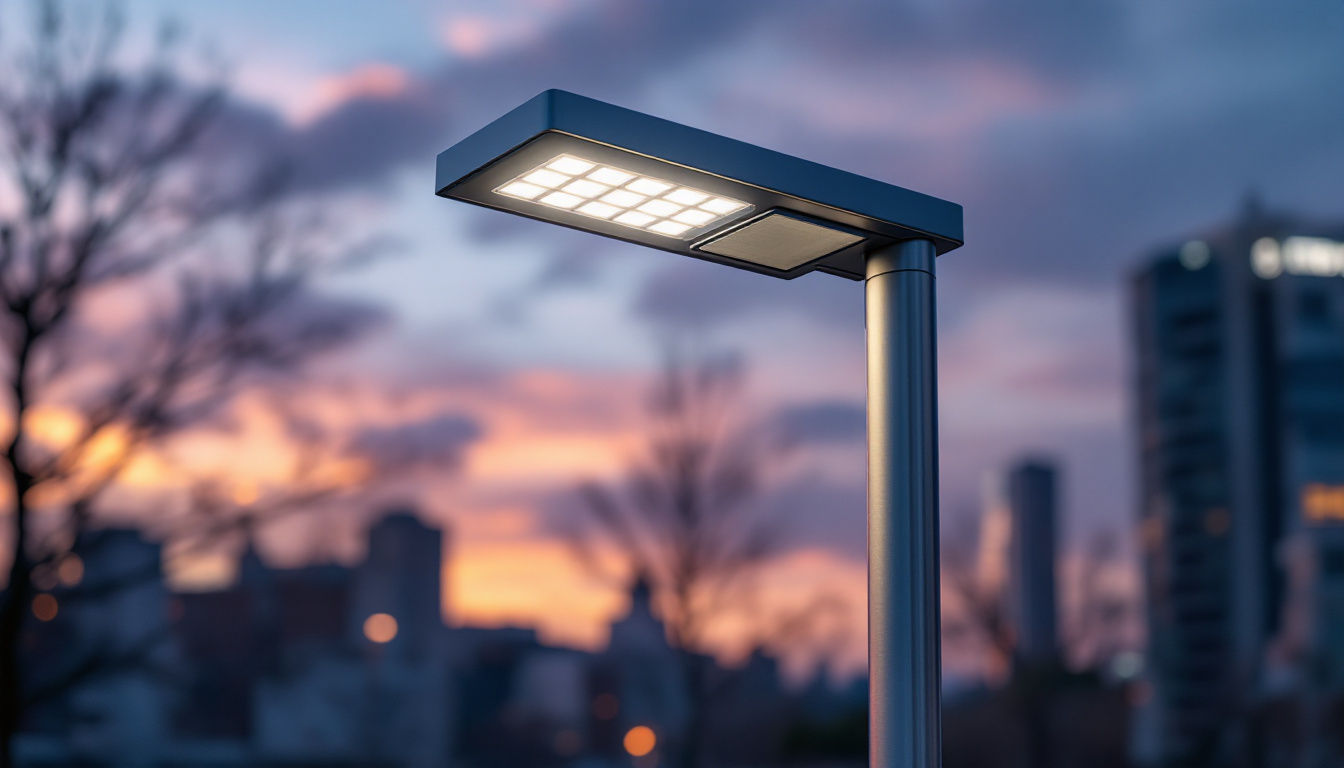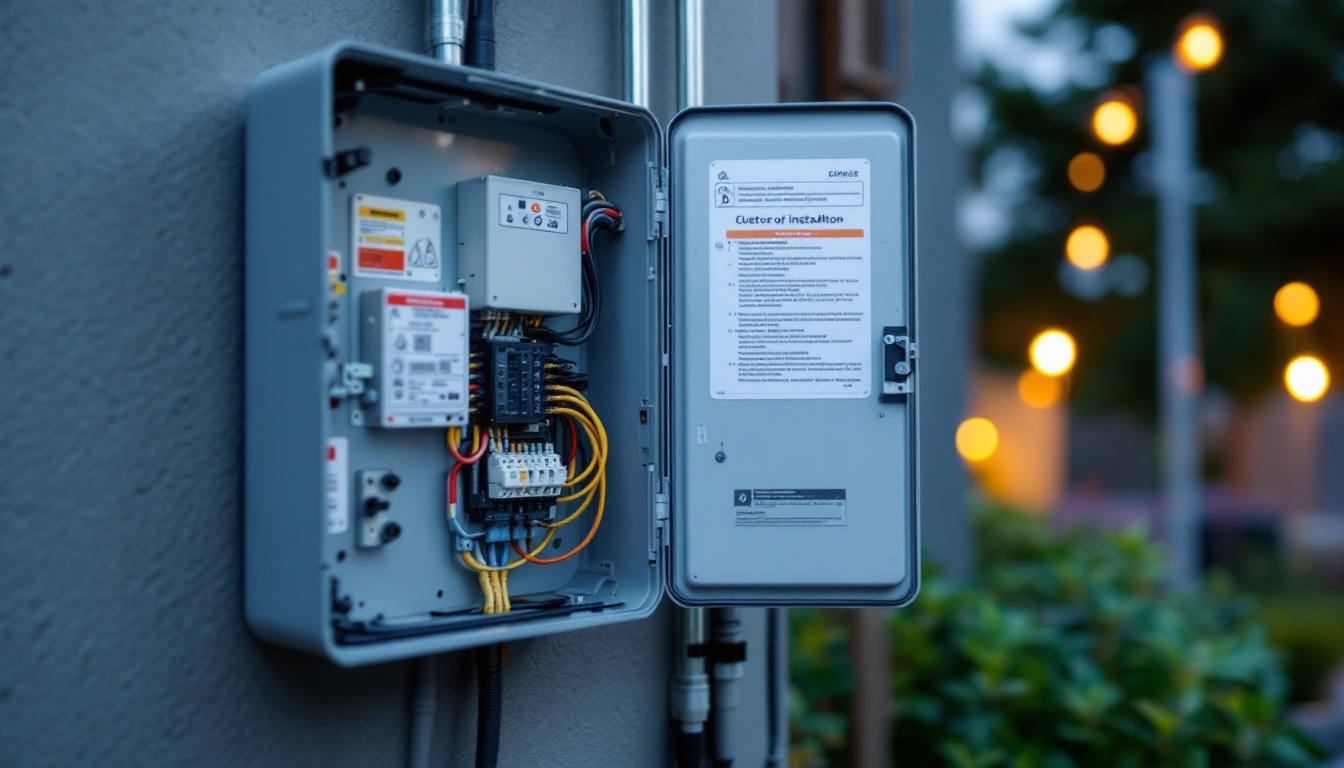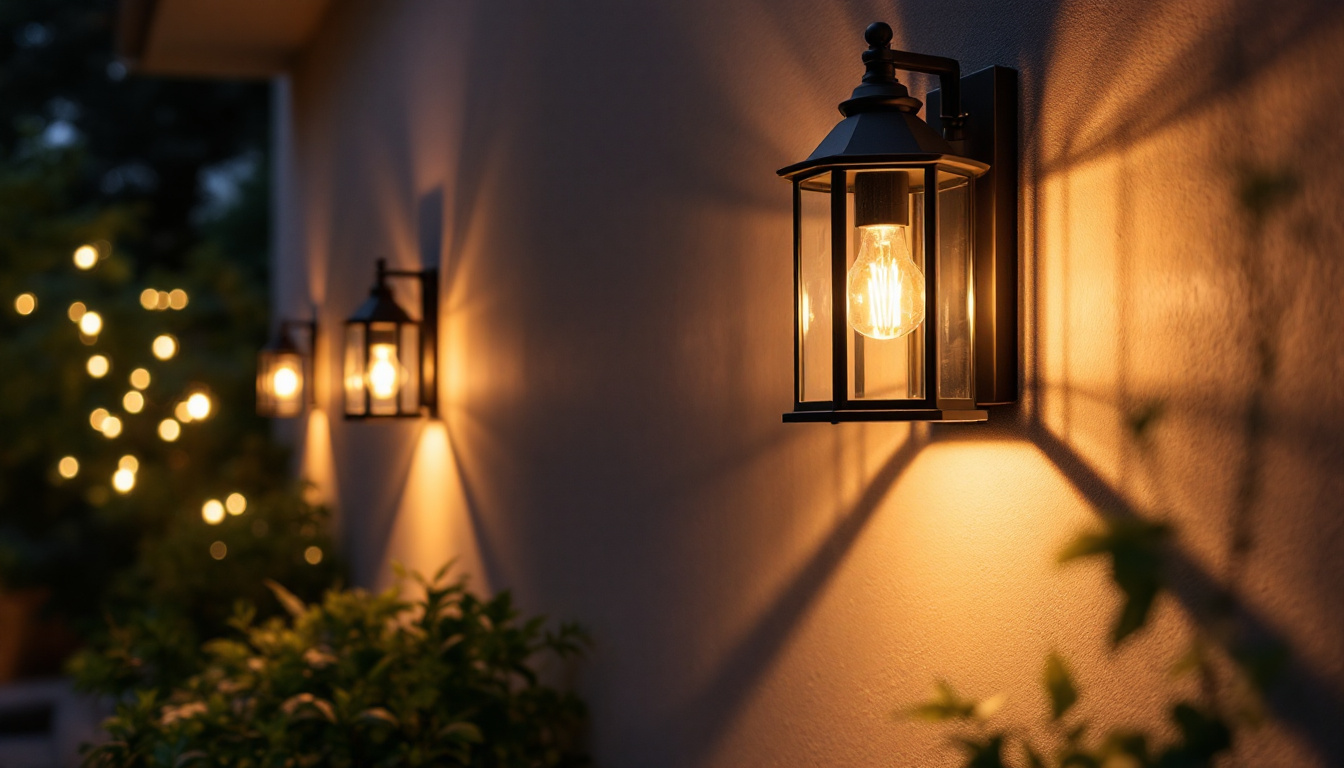
Metal halide (MH) lighting has been a staple in commercial, industrial, and outdoor lighting applications for decades. Its bright, intense light made it a go-to choice for warehouses, stadiums, parking lots, and street lighting. However, the rise of LED technology has fundamentally changed the lighting landscape. LEDs offer superior energy efficiency, longer lifespans, and better controllability, making them an attractive alternative to traditional metal halide fixtures.
For lighting contractors, the transition from metal halide to LED is more than just swapping bulbs. It requires a deep understanding of photometric performance, electrical compatibility, and installation challenges. A well-crafted conversion chart is an essential tool in this process, helping contractors select the right LED replacement that matches or exceeds the performance of existing metal halide fixtures.
One of the most significant advantages of LED lighting is its energy efficiency. While metal halide lamps typically operate at around 75 lumens per watt, LED alternatives can achieve efficiencies of 100 lumens per watt or more. This translates into substantial energy savings, especially in applications where lights are used for extended periods. Additionally, the reduced heat output of LEDs means that they can lower cooling costs in commercial spaces, further enhancing their cost-effectiveness over time. As businesses become more conscious of their environmental impact, the shift to LED lighting aligns perfectly with sustainability goals, making it a win-win for both the bottom line and the planet.
Moreover, the versatility of LED technology allows for innovative lighting solutions that were previously unattainable with metal halide fixtures. With options for dimming, color temperature adjustments, and smart lighting integration, LEDs can be tailored to meet specific needs and preferences. This adaptability not only enhances the aesthetic appeal of spaces but also improves functionality. For instance, in a warehouse setting, adjustable LED lighting can be programmed to provide brighter illumination during peak operational hours while dimming during off-peak times, thus optimizing energy use without compromising safety or productivity.
One of the first considerations in any conversion is lumen output. Metal halide lamps are known for their high lumen output, but they degrade over time, often losing up to 20-30% of their initial brightness before replacement. LEDs maintain a more consistent lumen output over their lifespan, which can exceed 50,000 hours.
When comparing metal halide to LED, contractors must ensure the LED fixture provides equivalent or greater lumens to maintain the desired illumination levels. Additionally, LED technology allows for better color rendering and customizable color temperatures, which can improve visual clarity and ambiance in a space. The ability to select warmer or cooler color temperatures can significantly enhance the mood of an environment, making it more inviting or stimulating as needed. For instance, cooler temperatures are often preferred in workspaces to promote alertness, while warmer tones can create a cozy atmosphere in retail and hospitality settings.
Energy consumption is a primary driver for conversion projects. Metal halide lamps typically consume between 150 to 1000 watts depending on application, while LED replacements can deliver similar or better light output at 40-60% less wattage. This reduction translates into significant energy savings and lower operating costs over time.
Contractors should use conversion charts that clearly map metal halide wattages to LED wattages, ensuring the new fixtures meet the energy goals without compromising lighting performance. Moreover, the long lifespan of LEDs not only reduces the frequency of replacements but also lessens the environmental impact associated with lamp disposal. As energy efficiency becomes increasingly important in sustainability discussions, the transition to LED lighting can also contribute to a building’s overall LEED certification, making it a more attractive option for eco-conscious clients.
Not all LED replacements are direct drop-in solutions. Metal halide fixtures often require ballasts, which are incompatible with most LED drivers. Top contractors know to assess whether to retrofit existing fixtures or replace them entirely. This decision affects installation time, cost, and long-term maintenance.
Conversion charts should include notes on ballast compatibility, recommended driver types, and any necessary rewiring. This information helps contractors plan projects accurately and avoid costly surprises. Furthermore, understanding the electrical load and ensuring that the existing wiring can handle the new LED fixtures is crucial. In some cases, upgrading the wiring may be necessary to accommodate the different power requirements of LED systems, which can lead to additional costs but ultimately results in a more reliable and efficient lighting solution. Additionally, contractors should consider the thermal management of LED fixtures, as proper heat dissipation is vital for maintaining performance and longevity, further emphasizing the importance of a thorough assessment before proceeding with the conversion.
Leading contractors rely on conversion charts that provide detailed, verified data. This includes exact lumen output, wattage, color temperature, CRI (Color Rendering Index), and beam angles for both metal halide and LED options. Charts that incorporate manufacturer specifications and independent testing results build confidence in product selection.
Accuracy is crucial because improper matching can lead to under-illumination or excessive glare, both of which impact safety and user satisfaction.
Charts that use side-by-side comparisons with clear, easy-to-read layouts help contractors quickly identify suitable LED replacements. Visual aids like graphs or color-coded tables highlight efficiency gains and performance differences, making it easier to communicate benefits to clients.
Top contractors appreciate charts that also include typical applications or environment recommendations, guiding them to the best fit for each project.
While performance is paramount, cost considerations drive many decisions. The best conversion charts integrate cost data, including initial fixture price, installation labor estimates, energy savings projections, and maintenance costs. This holistic view helps contractors and clients understand the return on investment (ROI) and payback periods.
Charts that factor in rebates or incentives available for LED upgrades add another layer of value, enabling contractors to maximize savings for their clients.
Metal halide fixtures often have specific optics designed for wide-area coverage or focused beams. LEDs use different lens technologies, which can alter light distribution patterns. Top contractors perform photometric analyses or use software simulations to ensure the LED retrofit maintains or improves lighting uniformity and minimizes dark spots.
Conversion charts that include beam angle data and recommended fixture spacing assist in planning effective layouts.
LEDs generate less heat than metal halide lamps, but they are more sensitive to ambient temperature. In high-heat environments, such as industrial facilities or outdoor fixtures exposed to direct sunlight, thermal management is critical to preserve LED lifespan and performance.
Experienced contractors select LED fixtures with robust heat sinks and verify environmental ratings (IP ratings) to ensure durability. Conversion charts that highlight these specifications help avoid premature failures.
Upgrading lighting systems often involves compliance with local codes, energy standards, and safety regulations. Top contractors stay abreast of these requirements and incorporate them into their project planning. For example, some jurisdictions mandate specific lighting controls or dimming capabilities for energy code compliance.
Conversion charts that mention compatible control options and certification statuses (such as DLC or Energy Star) streamline compliance checks and reduce project risk.
A large distribution center replaced 400-watt metal halide fixtures with 150-watt LED fixtures selected using a detailed conversion chart. The chart helped ensure lumen parity and appropriate beam angles for high-bay lighting. The result was a 60% reduction in energy consumption, improved light quality, and a maintenance interval extended by five years.
The contractor’s ability to present clear data and ROI estimates helped secure client approval quickly and execute the project with minimal downtime.
A city’s public works department sought to upgrade aging metal halide streetlights. Using a conversion chart that included photometric data and environmental ratings, the contractor selected LED fixtures that improved nighttime visibility and uniformity while reducing energy use by nearly half.
Incorporating local rebate programs and ensuring compliance with dark-sky lighting ordinances were key factors the contractor managed seamlessly, showcasing their expertise.
Some contractors develop customized conversion charts tailored to their typical projects and preferred product lines. This approach allows for faster quoting and more precise recommendations. To build an effective chart, consider the following steps:
Such a resource becomes an invaluable asset for contractors, enabling them to respond quickly to client inquiries and design lighting solutions that stand out for quality and value.
The transition from metal halide to LED lighting is a complex process that demands more than just swapping bulbs. Top lighting contractors distinguish themselves by leveraging comprehensive, accurate conversion charts that guide product selection, installation planning, and client communication.
These charts empower contractors to deliver lighting upgrades that maximize energy savings, improve light quality, and meet regulatory requirements. Their ability to anticipate challenges and present clear, data-driven solutions builds trust and drives successful projects.
In a competitive market, the difference lies in expertise, preparation, and the tools contractors use to bring the benefits of LED technology to every project.
Ready to set yourself apart as a top lighting contractor? At LumenWholesale, we provide the spec-grade lighting products you need to make the switch from metal halide to LED effortlessly. Benefit from our unbeatable wholesale prices and extensive selection that meets the highest industry standards. Say goodbye to middleman markups and hello to hassle-free bulk buying with free shipping. Elevate your lighting projects with the quality, affordability, and convenience that only LumenWholesale can offer. Take the first step towards superior lighting solutions and discover our Wholesale Lighting at the Best Value today.

Discover how aluminum light posts are revolutionizing the lighting industry by enhancing efficiency for contractors.

Discover the ultimate checklist for lighting professionals to ensure safe and efficient installation of electrical boxes outdoors.

Discover how to enhance your outdoor spaces with exterior lantern wall lights by optimizing for maximum efficiency.

Discover innovative strategies to ensure your lighting projects stand the test of time.